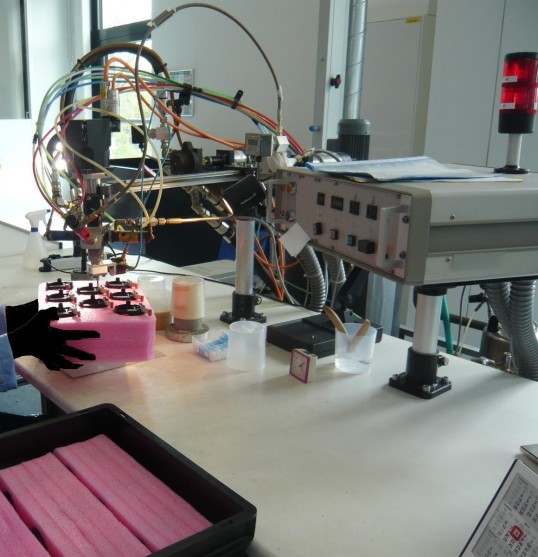Aircraft construction, painting, orthopaedic technology, wind energy, electronics and electrical engineering

Due to their outstanding electrical and mechanical properties, epoxy resins are considered to be key materials in the field of electrical engineering, but also in other industries involved in the manufacture of small to very small components. Epoxy resins can also be used in a wide range of sectors in coating systems or for final coating. Epoxy resin systems are generally made up of a resin component and a hardener component, which must be mixed together before use. Manual and automatic working methods can be used.
Epoxy resins are more commonly – though not exclusively – used in the following sectors:
- Wind energy plants: for the production of rotor blades
- Aircraft construction: for the production of structural components of aircraft
- Orthopaedic technology: for the production of orthopaedic aids
- Electronics and electrical engineering: as impregnation or casting resins or as a component in adhesives for electronic assemblies
- Surface coatings: when painting or priming liquid coating materials (wet painting)
The information provided with the epoxy resin product by the manufacturer (safety data sheet and technical information sheet) are vitally important in ensuring that buyers and users are sufficiently informed about the potential risks and are able to take the necessary protective measures. The assessment system for epoxy resin products (PDF, 233 kB, non-accessible) (German only) enhances the quality of this information.
The Epoxy Resins working group is continually working towards answering the question of which ingredients are suitable for putting less hazardous products on the market (substitution review).
